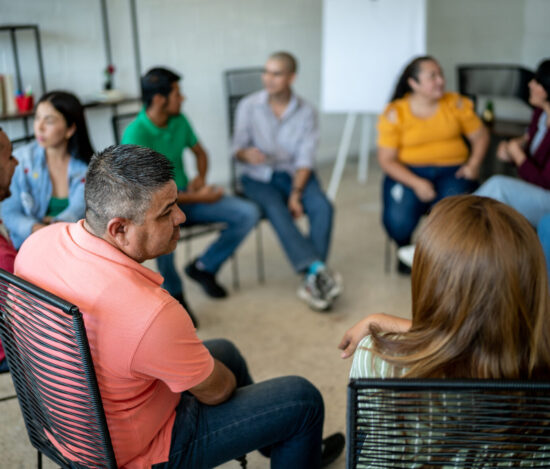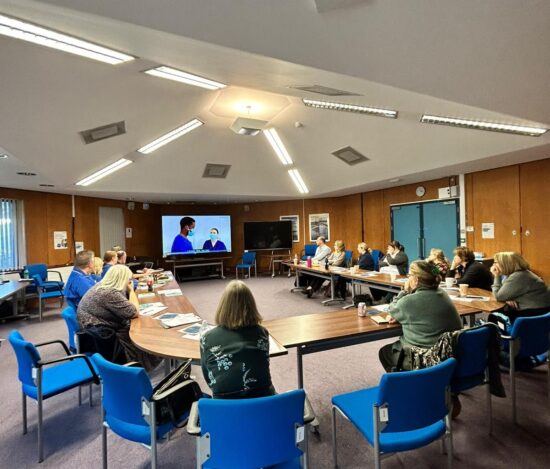What is Psychological Safety?
The concept of “psychological safety” is believed to have initially been coined by Carl Rogers in 1954 when considering factors contributing to optimization of creativity within an individual (Carl Rogers, 1954). The term “team psychological safety” was then coined by Amy Edmondson from The Harvard Business School (Harvard Business Review, 2023) who describes psychological safety as “people’s perceptions of the consequences of taking interpersonal risks in a particular context such as a workplace” (Edmondson, 2014). She described that when this becomes a “team” concept, it is a “group level phenomenon” (Harvard Business Review, 2023).
Why is Psychological Safety Important?
A psychologically safe team and environment opens the door to a number of key benefits:
- Increased likelihood of openness surrounding errors or mistakes which provides the opportunity to reflect on and learn from these mistakes as a team.
- Enhanced opportunities for creativity and new ideas due to team members feeling able to share their ideas.
- Enhanced team wellbeing, which in turn, impacts on team sickness and absence.
- Increased likelihood of team members feeling able to share when they are struggling or need help which can impact on overall productivity and prevent longer term sickness.
- Increased comfort in feeling able to respectfully challenge ideas, practice or processes which can enhance quality of work.
- Improved acceptance of others, broadening team diversity and inclusion.


How Can Psychological Safety Be Measured?
With the term’s increasing use, it is important that we have a good understanding of how psychological safety looks within a team. Edmundson (1999) has formulated the below questionnaire as a measurement tool:
- “If you make a mistake on this team, it is not held against you.
- Members of this team are able to bring up problems and tough issues.
- People on this team sometimes accept others for being different.
- It is safe to take a risk on this team.
- It isn’t difficult to ask other members of this team for help.
- No one on this team would deliberately act in a way that undermines my efforts.
- Working with members of this team, my unique skills and talents are valued and utilized.”
(Gallo, 2023; Edmondson, 1999)


How to Establish Psychological Safety
“Leaders must prioritize a culture of learning and innovation for team members to be comfortable speaking up, taking risks, and sharing information. This does not happen by default. It emerges with effort and curiosity and care. When achieved, the result is a more creative, innovative, and successful team and organization.” – Amy Edmondson, 2018
The literature outlines extensive methods of creating psychological safety within a team. We wanted to take this opportunity to share the methods that we use to create a psychologically safe team at SimComm Academy:
1. Regular Team Check-Ins
We spend a short amount of time at the start of each team meeting checking-in with one another. We use a Red-Amber-Green rating scale and take this opportunity to highlight how we are feeling, whether this is in relation to work life, personal life or both. This sets the scene for the meeting, creating an open and safe space, in addition to highlighting any achievements that can be celebrated or any challenges or difficulties that may require additional support from line-managers or the rest of the team.
2. Modelling transparency of mistakes
Making mistakes and errors is normal and they are impossible to avoid. It is important that this is modelled by the senior members of a team. Within SimComm Academy, the senior members model transparency and honesty with regards to mistakes, which invites the rest of the team do so too, creating an environment in which these are an acceptable part of work. This carries the benefit of a problem-solving approach to mistakes followed by a reflective period in which lesson learnt can be discussed.
3. Openness to challenge
When done respectfully, challenging ideas, practices and processes can be the route to innovation and development. Team members, however, can only feel comfortable in voicing these challenges if they are met with an open-minded response. At SimComm Academy, we have established a default arrangement in which respectful challenges are welcome and encouraged.
4. Modelling asking for help
Everybody needs help sometimes. It is important that this is established as a team norm through modelling by senior members. When needed, SimComm Academy seniors are not ashamed to ask for assistance, advice or opinions, which opens the door for the rest of the team to follow suit.
For more information on psychological safety and how to harness this within a team, please keep your eye on our website and social media pages for details of our upcoming free webinar on psychological safety.


References:
Edmondson, A. (1999). Psychological safety and learning behavior in work teams. Administrative Science Quarterly, 44(2), 350-383.
Edmondson, A. C., & Lei, Z. (2014). Psychological safety: The history, renaissance, and future of an interpersonal construct. Annual Review of Organizational Psychology and Organizational Behavior, 1, 23–43
Edmondson, A. (2018). The Fearless Organization. Wiley
Gallo, A. (2023). What is psychological safety?. Harvard Business Review. Retrieved from https://hbr.org/2023/02/what-is-psychological-safety on 17/7/2024.
Rogers, Carl. (1954). Chapter 13: Towards a Theory of Creativity. In Vernon, P.E (Eds.) Creativity. Selected Readings. Pp. 137-151. Penguin Books.





